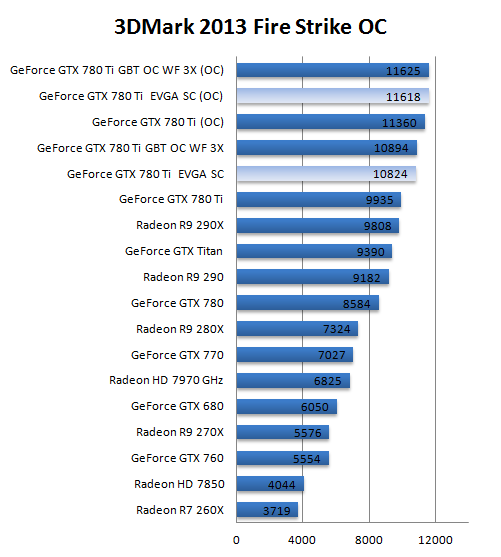Overclocking The Graphics Card
Overclocking The Graphics Card
As most of you know, with most video cards you can apply a simple series of tricks to boost the overall performance a little. Typically you can tweak on core clock frequencies and voltages.
What Do We Need?
One of the best tools for overclocking Nvidia and AMD videocards is our own AfterBurner which will work with 90% of the graphics cards out there. We can really recommend it, download here.
Where Should We Go?
Overclocking: By increasing the frequency of the videocard's memory and GPU, we can make the videocard increase its calculation clock cycles per second. It sounds hard, but it really can be done in less than a few minutes. I always tend to recommend to novice users and beginners, to not increase the frequency any higher than 5% on the core and memory clock. Example: If your card runs at 600 MHz (which is pretty common these days) then I suggest that you don't increase the frequency any higher than 30 to 50 MHz.
More advanced users push the frequency often way higher. Usually when your 3D graphics start to show artifacts such as white dots ("snow"), you should back down 10-15 MHz and leave it at that. Usually when you are overclocking too hard, it'll start to show artifacts, empty polygons or it will even freeze. Carefully find that limit and then back down at least 20 MHz from the moment you notice an artifact. Look carefully and observe well. I really wouldn't know why you need to overclock today's tested card anyway, but we'll still show it.
All in all... do it at your own risk!
| Original | This sample | Overclocked |
| Core Clock: 875 MHz | Core Clock: 1006 MHz | Core Clock: 1126 MHz |
| Boost Clock: 928 MHz | Boost Clock:1071 MHz | Boost Clock: 1216 MHz |
| Memory Clock: 7000 MHz | Memory Clock: 7000 MHz | Memory Clock: 7948 MHz |
With AfterBurner we applied:
- Power Target 106%
- Priority at Temperature target
- Temp Target 95 Degrees C
- CPU clock +120 MHz
- Mem clock +450 MHz
With this overclock we have extra performance at our hands, as the boost clock will now render at 1216 MHz depending on the power and temperature signature. The GPU will continuously be dynamically altered on voltage and clock frequency to match the power and temperature targets versus the increased core clock. Have a peek at the results when overclocked.
With this overclock the temps remain 65 Degrees C and the card is roughly producing the very same noise levels. We did apply a voltage tweak but it was limited to 37 Mv I think, nearly irrelevant. We only consumed 15 Watts extra for this lovely overclock.
For all overclocked games above we have used the very same image quality settings as shown before. Overall we have been able to get another 10% performance out of those graphics card.





